Fionnuala Halligan takes the temperature of events in her weekly blog.
Great excitement at Cinema Expo in Amsterdam this week where – dare we even say it? – James Cameron appeared in person to unveil about 24 minutes of Avatar, his Titanic-sized bid at the Christmas market (and indeed his first feature since the world’s largest grossing film in 1997) with a full-on assault set by Fox for December 18.
Screen was in attendance but can say nothing, you understand: well, we could tell you, but they’d have to shoot us.
Sigourney Weaver, Sam Worthington and Zoe Saldana were also on-hand to steal the thunder from the other studios’ presentations with the super-advance 3D motion capure/CGI footage using Cameron’s own cameras. It has been described by anonymous attendees as “awesome, vivid….the motion capture is like nothing seen before, incredibly realistic”. All you might expect for $300m, in fact.
Rapturous applause greeted the presentation, although these exhibitors do have a stake in its success – who wouldn’t like another $1.84bn worldwide theatrical smash for the new year? (even Dark Knight, for example, just edged over the $1bn barrier, nowhere near Titanic’s total). Speaking of Titanic, which caused a huge stir in advance of its release (“it’s too expensive, will it be ready?, Cameron has gone too far this time! etc”) Avatar is going out in the same timeframe, is even more expensive, and could also edge close to the mark in terms of finishing on time. The acres of print start here.
Best of the rest
Disney rocked up at Cinema Expo with a packed sackful goodies and a buffed-up Jake Gyllenhall to show some very early footage from Prince of Persia: Sands of Time, one of a series of Bruckheimer-produced films which were presented, some in the tres early stages (The Sorcerer’s Apprentice, Pirates of the Caribbean 4, The Lone Ranger – both starring Johnny Depp).
The Mouse House’s presentation ended with a test sequence from the Tron remake, which seemed to go down well. Paramount, meanwhile, weighed in with footage from GI Joe (impressive on IMAX), Martin Scorsese’s Shutter Island (with Leo), The Lovely Bones, (Peter Jackson) and M Night Shyamalan’s The Last Airbender.
All the Cameron hoopla made Harry Potter And The Half Blood Prince – so eagerly expected right now in advance of its UK July 7 world premiere, given the last pulled in just under $1bn – seem so summer 2009. But Warner Bros did delight exhibitors with news of a packed slate for 2010 including Clash Of The Titans (but we’ll miss Harry Hamlin), Sexand the City 2 (New Line) and, excitingly, Harry Potter 7 – the last but one, as Deathly Hallows is a two-parter.
Should all go to plan – a billion here from Harry, a billion or two there from Cameron – exhibitors can indeed look forward to a happy new year.
Secret squirrel
Talking of top-secret, we’d-tell-you-but-we’d-have-to shoot-you, new signed media embargos premiered at the UK Bruno preview June 22. Don’t review, don’t twitter, don’t blog, don’t write a comment, don’t even think about Facebook, don’t text, don’t drink, don’t smoke – what do you do?
The studio – Universal in this case – had set July 6 as the date one’s torrent of pent-up prose could be released by the media. A mere day later, word came forth that 4pm Pacific Coast Time on the 26th might be ok, maybe. Exhausted by the hog-trading, blog finds itself unsure as to whether it can say anything right now: what would Bruno do, that’s the question?
Bonny in Scotland, but thorny for Britfilm
Edinburgh
As Edinburgh draws to the close of its second year in a June timeslot, reactions have been mixed. De-coupling from the explosion of other arts events in its old August time-slot has really benefited local audiences, is the general opinion, and screenings have been very busy. Good guests too, from Darren Aronofsky to Sam Mendes, Gael Garcia Bernal and Jesse Eisenberg.
There is a caveat, though. Moving so close to Cannes has had a draining effect – both real and perceived – on the quality of new films in this self-appointed Festival of Discovery. The selection of British product was generally poor. “Maybe its just an off year,” says Screen International’s Scottish correspondent and film critic Allan Hunter.
“That happens in the life of a festival. Maybe the British films just have to stand as a reflection of the work being made in Britain and available to the festival. One disappointing year shouldn’t damage Edinburgh’s reputation but the festival needs to take care that it isn’t perceived as a dumping ground for the festival circuit orphans that nobody else wants.”
The Independent On Sunday’s Jonathan Romney agreed: “There was a shortage of buzz,” he says. “Running alongside Edinburgh’s other festivals used to bring an extra energy. As for British cinema, this year lacked revelations. Significantly, several of the fest’s better British films were notable partly for being made under difficult conditions - Le Donk, the low-budget Liverpool features Salvage and KICKS, and Big Thing, reportedly made for a mere £4,000.
“British cinema may have to settle for priding itself on pluck, but Edinburgh could do with more substantial material to choose from if its national showcase is to be a central attraction.“
No nunny, no honey
Post-Edinburgh, nuns are certainly on the way out. Screen’s reviewer in Scotland talked of “derisive snorts of laughter” and walk-outs during the screening of sister feature The Calling.
Meanwhile, in documentary land, Michael Whyte’s No Greater Love, set inside an enclosed order of silent nuns in London’s central Notting Hill, held out much promise: 10 years for Whyte to obtain “unprecedented access” to the monastery of the Most Holy Trinity where the Discalced Order of the Carmelite Nuns lead their word-less life, praying for us all.
Who are these waxy, pale-faced, ageing women? Why did they sign up for this life of silent contemplation and who did they leave behind? How is it all financed? How many of them are there, even? Do their families ever visit? It’s odd to have none of these questions answered after 105 minutes of mournful documentary.
There were some moments of interest: the owlish prioress confessed to an 18-year-struggle with her faith; a chef-nun cooked up a few batches of hosts; there was some washing and kissing of gnarled feet; the sisters shuffled out a jog; and an aged nun in a veil hunched over the Sainsburys special offers section on the internet.
But Whyte (the writer of Birdsong) has made some odd choices with his feature-length debut. An establishing shot of the convent at the heart of Notthing Hill’s massive public housing estates comes only at the end of the documentary, not the beginning.
No information is given out in subtitles or narrative, and the sisters themselves are far from chatty. You can’t even hear the few, distinctly un-probing questions Whyte asks of these gray ladies.
Enclosed orders have always been fascinating to the outsider: there must be a story to tell from behind those walls, surely, and a life of prayer couldn’t be as dull as it sounds. Whyte’s documentary proves beyond a doubt that it is.
It’s all a blur to them
After watching Ice Age 3: Dawn of the Dinosaurs, primary school tots will have enough questions to make creationism seem like a walk in the park.
The co-habitation issues of dinosaurs and woolly mammoths aside, however, Blue Sky Studio’s stunning 3D renditions, married to a rollercoaster story, were enough to stun three six-year-old-boys into complete silence during its recent UK screening. That is, three six-year-old boys who spent a good deal of the movie with their glasses off, happy in the land of blur.
In the midst of all the excitement over 3D and the ramping up of exhibition facilities, it hasn’t particularly been noted that the younger-end of the 3-D audience spectrum don’t really like wearing the glasses for the full 95-100 minute running-time.
They come off at about 45 minutes and come on and off again but only with repeated prompting. And the blurry 3D landscapes without the glasses are slightly Sgt Pepper-esque. It will be interesting to see what they remember of it all when they grow up to become tomorrow’s film-makers.




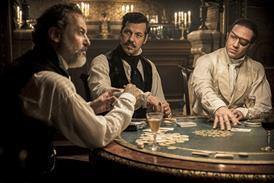

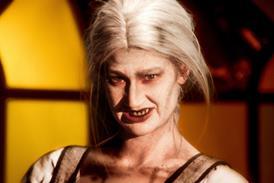
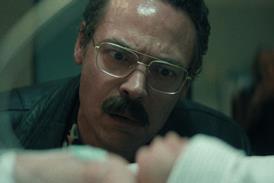
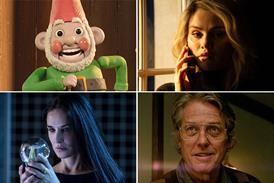
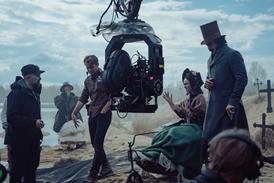

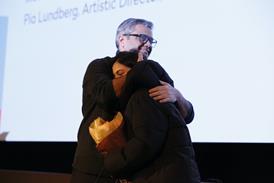
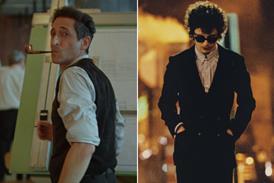
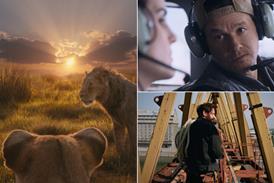
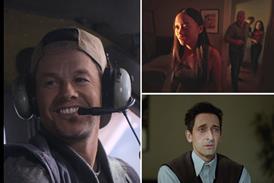
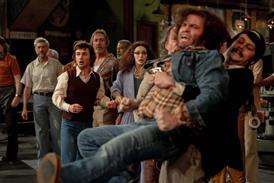

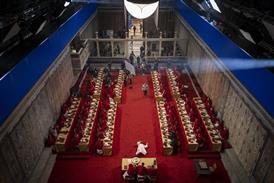



No comments yet